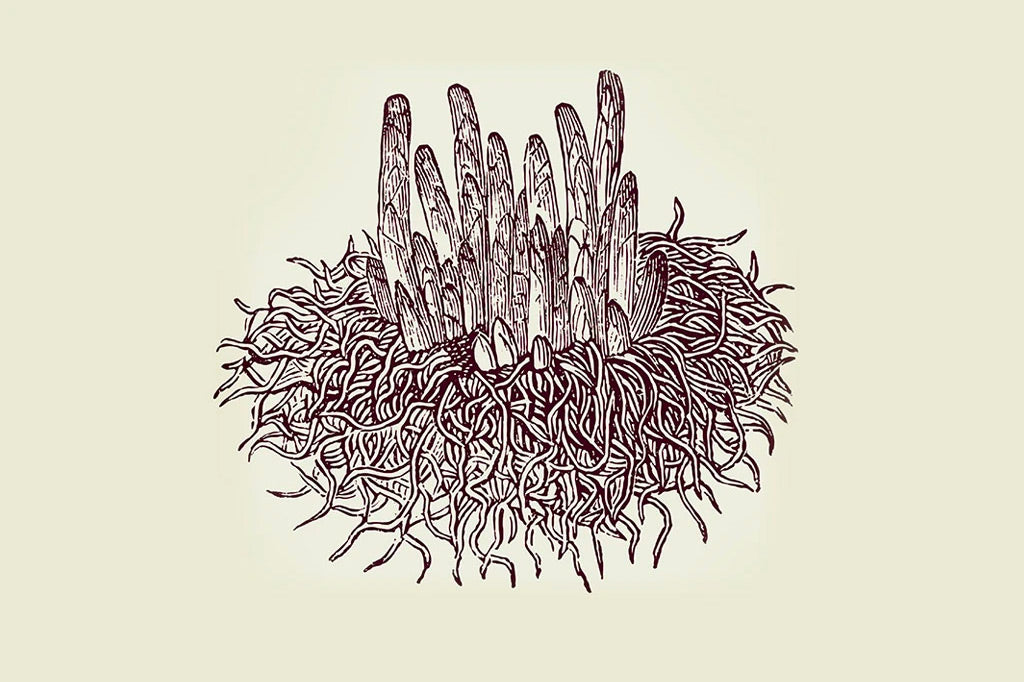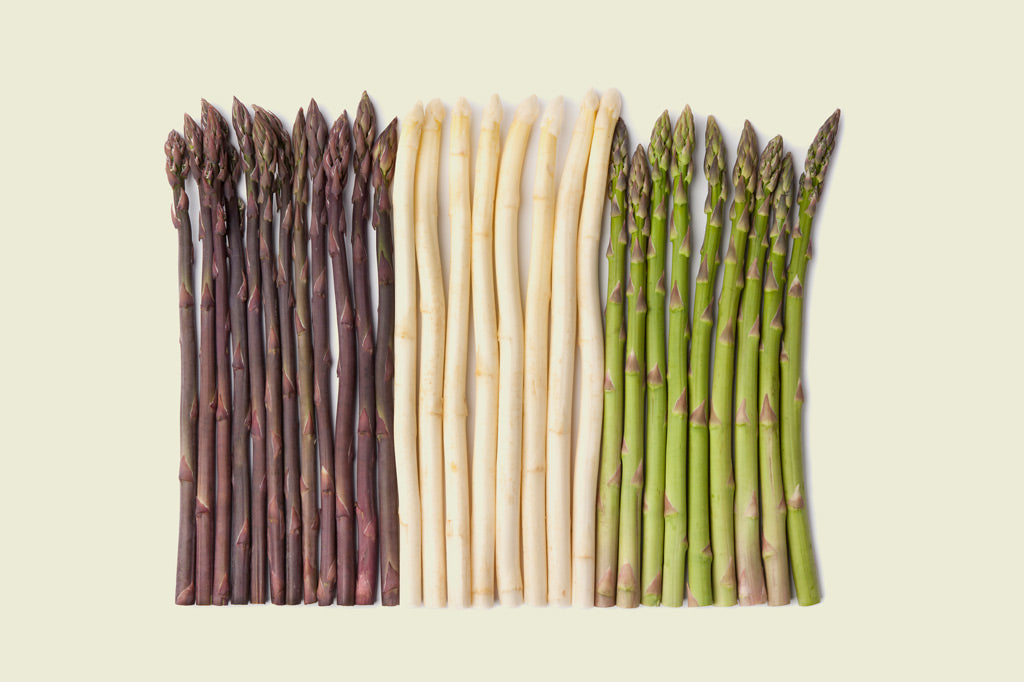Homeland and Varieties
Asparagus, one of the oldest known plants in human history, is the shoot of the "Asparagus Officinalis" bush plant.
KNOWN AS THE HERALD OF SPRING!
ASPARAGUS OFFICINALIS: From Antiquit times to the Present
The first sighting of 'asparagus', which we call "kuşkonmaz" in Turkish, is shown as its homeland in EASTERN MEDITERRANEAN and ANATOLIA. The Greeks were eating wild varieties as they grew on their own in nature, of which Egypt and Romans were also fans of it, while the Romans were specially farming asparagus.
The first time asparagus came to Paris, the European 'culinary capital', was in the era of XIV. Louis, who was deeply in love with this special vegetable. Since the 16th century, its reputation has increased in France and England, and then it has reached the United States. It has become an indispensable delicacy for palate enthusiasts.
Asparagus has been known for its health benefits for almost 2,000 years, namely from antiquity to the present day. It has also been discovered that asparagus, a valuable food source that grows on Eurasian soil and has been much loved since ancient Greece and Romans, is a sexually stimulating nutrient that helps produce testosterone. From Romans to the present day, his name always tops the list of aphrodisiacs.

Today, asparagus is spread almost all over the world. China is the world's number one manufacturer. It is being monitored by Peru, which is the head of exports to the United States. Germans are the ones who consume asparagus the most.
The cultivation of cultured asparagus for the first time in our country was during the founding period of the Republic. The first asparagus growing initiative was made at Yalova State Farm with the introduction of asparagus seeds from Europe at Atatürk (our great leader)'s request.
Today, the largest production of asparagus in Turkey is carried out in the fields of Nomad Tarım Eskişehir Saricakaya. Nomad supports independent producers in many regions, including me, and strives for the development of asparagus as an alternative product in these regions.

Asparagus production is labor intensive, a process that requires patience... Asparagus transplants are planted in the fields. After two years of meticulous maintenance, harvest starts at the age of three. The asparagus roots wake up each spring when the soil reaches a certain degree of heat. In Europe, the season is short, lasts about 2 months, and in Turkey, due to the longer summers, there is a longer period of harvest.
Asparagus actually has two varieties, these are green and purple asparagus. However, by harvesting the sub-earth shoots of any of these two varieties that have not seen light, the "third variety" of White Asparagus is obtained.
Purple Asparagus has a higher sugar content, so it is more suitable for raw consumption or can be cooked very little. White Asparagus, whose consumption is more common in Europe, decorates plates every spring...
